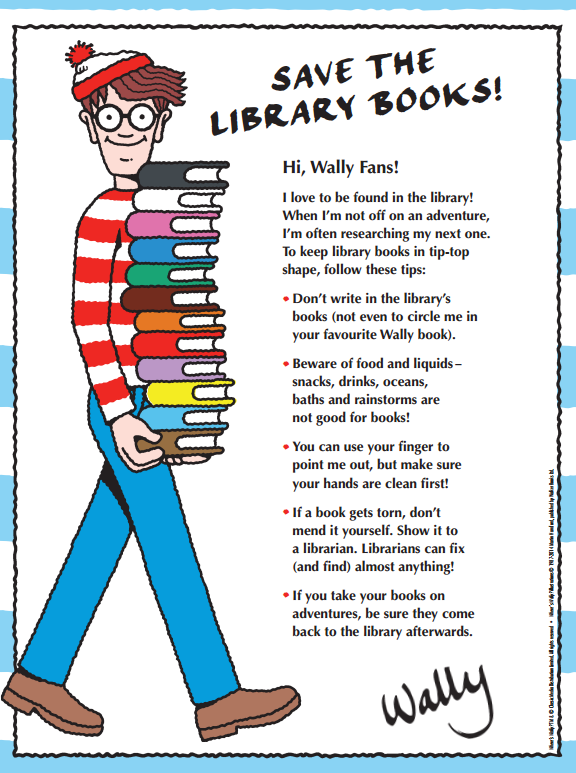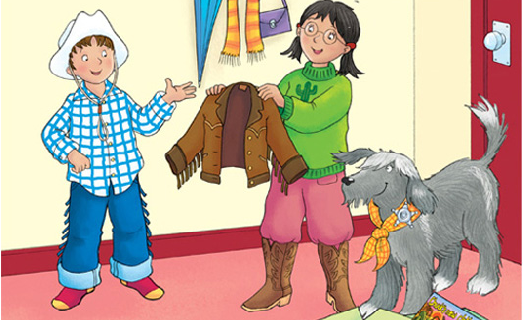4th Primary School. Oxford University Press
Here you will find fun activities and educational resources in English. Let's go!!!!
.

29 de abril de 2014
28 de abril de 2014
Sing our marching song
I'm wearing a dress
I'm wearing a red dress
I'm wearing a short red dress
3rd Primary School. Oxford University Press
23 de abril de 2014
Happy World book Day 2014!!
This is a packed with resources, games, videos, ideas and inspiration to celebrate this day.
April 23 has special historical significance. It is the UNESCO International Day of the Book, as well as date both of Shakespeare’s birth and death. It also is the date that Miguel de Cervantes died, and in the Catalan region of Spain, the day is celebrated by giving a book and a flower to a loved one.
World Book Night has become more than a noble experiment. Again this year on April 23, more than 25,000 people will fan out across the United States to place books in the hands of those who don’t normally read—or don’t have—books.
Where's Wally? At the library
There is so much to find in a library.
Wally offers some friendly reminders about how to keep library books looking like new.
22 de abril de 2014
Have you got a pet?
I've got a dog.
I've got a black dog.
I've got two black dogs.
Have you got a pet?
Yes, I have
No, I haven't
2nd Primary School. Oxford University Pres
21 de abril de 2014
I'm a cowboy
Listen and sing the clothes song
1st Primary School. Oxford University Press
|
shirt
|
jeans
|
hat
|
|
sweater
|
jacket
|
boots
|
8 de abril de 2014
ERA, a prehistoric village
TANNING WORKSHOP - TALLER DE CURTIDO DE PIELES
Durante toda la Prehistoria el hombre obtuvo todo lo necesario para realizar su vida cotidiana de la naturaleza: comida, casa y vestidos se realizaban muchas veces a partir de los restos de animales cazados. En este taller aprendimos la técnica del curtido: limpieza con útiles líticos, cicatrización, secado y curtido, así como su manipulación con herramientas de hueso y cuerdas de fibra vegetal para confeccionar un zurrón con piel de conejo.
Durante toda la Prehistoria el hombre obtuvo todo lo necesario para realizar su vida cotidiana de la naturaleza: comida, casa y vestidos se realizaban muchas veces a partir de los restos de animales cazados. En este taller aprendimos la técnica del curtido: limpieza con útiles líticos, cicatrización, secado y curtido, así como su manipulación con herramientas de hueso y cuerdas de fibra vegetal para confeccionar un zurrón con piel de conejo.
CAVE PAINTING WORKSHOP - TALLER DE PINTURA RUPESTRE
Desde el Paleolítico hasta la edad del Bronce, el hombre tuvo la necesidad de plasmar en la roca la naturaleza y las actividades cotidianas realizadas por ellos mismos. El porqué de estas pinturas sigue siendo uno de los grandes misterios de la arqueología, pero si podemos saber cómo las hacían: cuáles eran los pigmentos, los aglutinantes y las técnicas de pintura, las formas de iluminación, etc. y poner en práctica de una manera muy fidedigna. Aprendimos la la técnica del grabado e hicimos un mural.
FIRE WORKSHOP - TALLER DE FUEGO
¿Qué es el fuego? ¿Cómo vivíamos sin él? ¿Qué supuso su descubrimiento? ¿Para qué lo utilizó el hombre en la Prehistoria? ¿Cómo lo producía? Las respuestas a estas preguntas las hemos aprendido en este taller. Practicamos las técnicas para conseguir fuego con los medios utilizados en la época.
¿Qué es el fuego? ¿Cómo vivíamos sin él? ¿Qué supuso su descubrimiento? ¿Para qué lo utilizó el hombre en la Prehistoria? ¿Cómo lo producía? Las respuestas a estas preguntas las hemos aprendido en este taller. Practicamos las técnicas para conseguir fuego con los medios utilizados en la época.
HUNTING WORKSHOP - TALLER DE CAZA
Esta actividad, junto con la recolección y la pesca, supuso la base de la subsistencia de las comunidades del Paleolítico. Ponemos en práctica las técnicas de caza y su evolución a lo largo de la Prehistoria, desde el uso de simples lascas de piedras hasta el arco y las flechas o el propulsor y la azagaya.
Esta actividad, junto con la recolección y la pesca, supuso la base de la subsistencia de las comunidades del Paleolítico. Ponemos en práctica las técnicas de caza y su evolución a lo largo de la Prehistoria, desde el uso de simples lascas de piedras hasta el arco y las flechas o el propulsor y la azagaya.



















